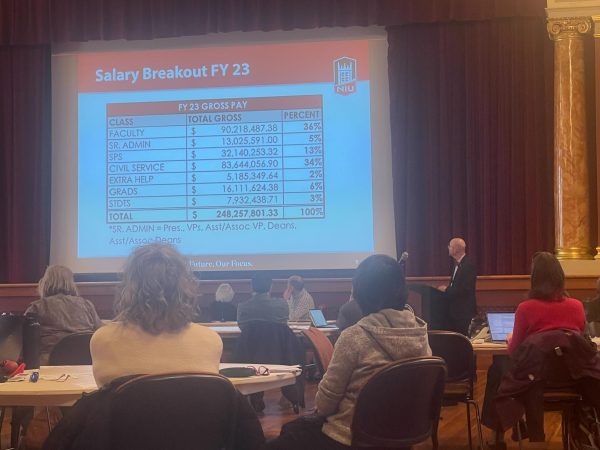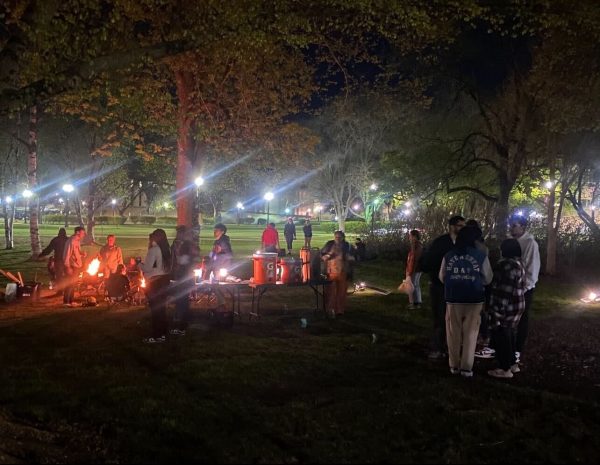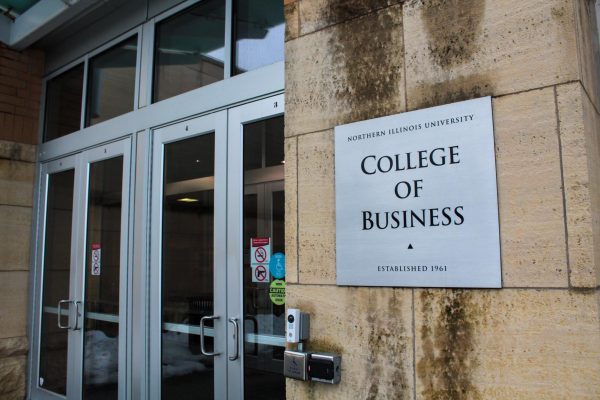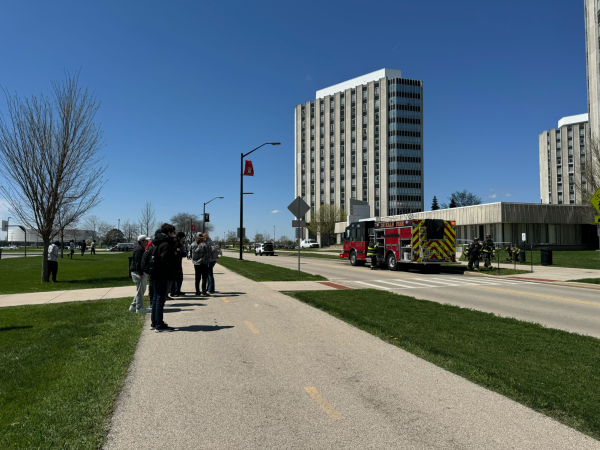‘Monsters’ have biological explanations
October 27, 2005
Halloween was alive Tuesday in the Holmes Student Center as Dracula, dwarves, Frankenstein’s monster and werewolves were among the many “monsters” discussed in Rick Johns’, associate professor of biological sciences, lecture: “I have Created a Monster: Genetic Explanations for Halloween’s Legendary Creatures.”
The lecture, which was sponsored by the Liberal Arts and Sciences External Programming in conjunction with NIU’s Lifelong Learning Institute, explained how the mythical creatures earned such infamous spots in the minds of millions.
Johns, an NIU professor since 1985, presented biological evidence of genetic abnormalities and diseases that can create physical appearances and behavior that could have been at the root of the monster tales.
“I have been teaching human genetics for quite sometime so I became interested in [the monsters],” Johns said.
The presentation was thorough and provided an enormous amount of information regarding the diseases and abnormalities that can occur in humans that have monster-like effects.
Dwarves, Johns said, are short people with disproportional arms and legs, large heads and high foreheads. Dwarves are real, but they are hardly like the ones that can be seen in such movies as “Lord of the Rings” or “Willy Wonka and the Chocolate Factory.” The malformation is caused by a defect known as achondroplasia, Johns said. Unlike movie monsters, a mass race could never exist because members could not successfully breed with each other and the defect is very rare.
Cyclops also can exist, but they are not terrible monsters like the one in Homer’s “Odyssey.” The idea of having one-eyed socket with one eye is a disease, holoprosencephaly, which although rare, does occur. The development of the brain does not divide and one effect is to only have one eye-socket with zero, one or two eyes in it, Johns said.
Among other monsters that Johns explained were werewolves and Dracula.
The idea of a man becoming a wolf is usually induced from narcotics or madness in the individual, Johns said. However, a disease known as hypertrichosis universalis does exists, causing hair as long as 10 to 15 inches to grow all over the human body.
One example was Stephan Bibrowsky, also known as “Lionel the Lion Faced Man,” who toured with the Barnum and Bailey Circus.
Dracula may not be real, but one disease, porphyria, causes many symptoms that are similar to characteristics of the fictional character. Porphyria, in some forms, causes the skin to burn and blister when it is exposed to sunlight. This is due to lack of heme in the blood, Johns said. In the past, people would drink blood to help cure the disease. Modern treatment of porphyria includes injection of heme directly into the blood, Johns said.
Johns discussed the biological reasons that the diseases occur, providing great detail. Among the many other monsters discussed were two-headed monsters, Frankenstein’s monster, the Abominable Snowman and Bigfoot. Johns put the ideas of real monsters to rest and instead provided a history from which the folk stories could have sprung.
The lecture concluded with Johns fielding questions regarding genetics and other various topics from the attendees who included students from a COMS 100 class and members of the Lifelong Learning Institute.
This lecture was part of a continuing series that is open to everyone. The next lecture will 11:30 a.m. to 1 p.m. Wednesday.
“We do these lectures every Wednesday and we will finish in early November,” said Kathy Wright, director of Liberal Arts and Sciences External Programming.












